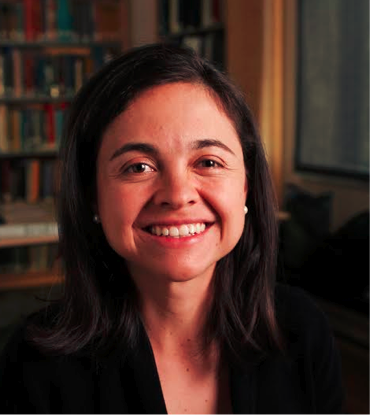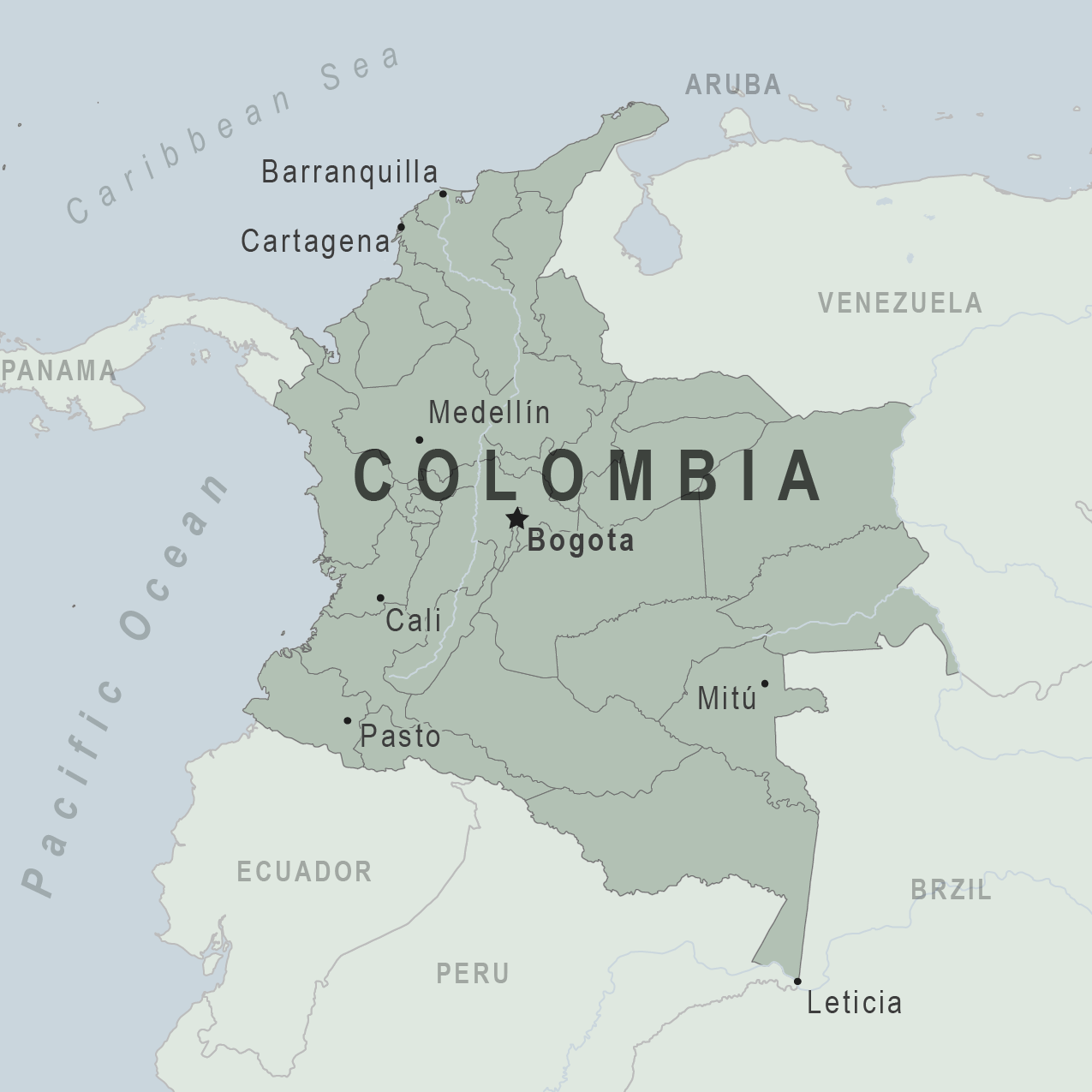Scientists and engineers from around the world are doing amazing things!
Link to lesson ideas for how to use the resources below.
- Modesto Montoya - physical science/nuclear physics, fusion - PS2, PS3, PS4, ETS1 (Peru)
- Ana María Rey - physical science/physics, atomic structures - PS1, PS2, PS3, PS4, ETS1 (Colombia/U.S.)
- Manuel Patarroyo - life science, vaccines, immunology, malaria - LS1, LS3, ETS2 (Colombia)
- Sergio Barrientos - earth science, earthquakes - ESS2, ESS3, ETS1, PS2 (Chile)
- Fernanda Viégas - designer, visual/information processing - ETS1, ETS2, PS4 (Brazil)
Dr. Modesto Montoya - Nuclear Physicist

DCI Physical Science
PS2 Motion and stability: Forces and interactions
PS3 Energy
PS4 Waves and application
Country: Peru

Bio and Projects:
Dr. Montoya is a nuclear physicist in Peru. He studies cold fission and helped discover nucleon-pair breaking in cold fission. He is a researcher at the Instituto Peruano de Energía Nuclear.
Contact:
Email: modesto_montoya@yahoo.com
What inspired me to go into science?
As a child he would look at the moon and just wonder. Here on earth he noticed that underground springs were fascinating, that humans could design robots, and he enjoyed experimenting with electronics. (translation from email)
Children Text Resources
Nuclear Energy, book by Michael Burgan, et al. (grades 5+)
Physics4Kids website - fission vs. fusion
Nuclear Energy: Power from the Atom, by Troon Harrison Adams (grades 4+)
Energia nuclear, by Tea Benduhn (in Spanish, partial text online, grades 4+)
Videos/Audio
Interview on Encuentros con la Ciencia, radio show by Dr. Montoya - in this episode he speaks with Melina Lozano, a Madison, WI teacher (Spanish)
Homepage of Dr. Montoya’s radio station about science (Spanish)
Fusion vs. Fission, video from NASA (MS+)
Teacher Materials
Duke Energy fission vs. fusion and other resources (any bias in a nuclear energy corporation site?)
Cold fission from Wikipedia (not to be confused with cold "fusion")
Nuclear fission simulation from PhET w/ teacher materials
Dr. Ana Maria Rey - Atomic Physicist

DCI Physical Science
PS2 Motion and stability: Forces and interactions
PS3 Energy
PS4 Waves and application
ETS1 Engineering design
Country: Colombia

Bio and Projects:
Dr. Rey engineers advanced measurement techniques capable of probing atomic quantum systems, and is particularly interested in structures formed by ultra-cold atoms and molecules (as they slow way down, their properties change). Further, she works to use mathematical models to predict the complex behaviors of these particles. She is originally from Colombia, but is now a research professor at the University of Colorado.
Contact:
Phone: 303-492-8089 Email: arey@jilau1.colorado.edu Website: https://jila.colorado.edu/arey
What inspired me to go into science?
What inspired her to go into science was her love of reading from a young age. She started consuming books on all subjects. (from email interview)
Children Text Resources
Bose-Einstein Condensate, another state of matter, from Chem4Kids (MS+)
NASA article on Bose Einstein Condensates (MS+)
What is an atom? (MS+)
Book and activity suggestions for measurement (K-4)
Videos/Audio
Interview of Dr. Ray on WRadio (Spanish, HS+)
Interview of Dr. Ray from the MacArthur Foundation (English, HS+)
Teacher Materials
Exploring states of matter lesson (grades 1-3)
Measurement activity from Sid the Science Kid (4K-K)
New Scientist article on Weiman, Cornell and Kidderle's discovery of the Bose-Einstein condensate (ultra-cold atom research foundational to Dr. Ray's work, HS+)
Dr. Manuel Patarroyo - Pathologist and Cellular Biologist

DCI Life Science
LS1 From Molecules to Organisms: Structures and Processes
LS3 Heredity: Inheritance Variation of Traits
ETS2 Links among engineering, technology, science and society
Country: Colombia

Bio and Projects:
Dr. Patarroyo is a Colombian Professor of Pathology and Immunology who made the world's first attempt to create a synthetic vaccine against a parasite called the protozoa Plasmodium falciparum that causes severe malaria, a disease transmitted by mosquitoes that affects millions of people and is one of the leading causes of death (~1.5 million people per year) in tropical and subtropical regions, including parts of the Americas, Asia, and Africa.
Contact:
Email: Manuel.Patarroyo@ki.se
What inspired me to go into science?
“I have always been a lover of chemistry. My great hero is Louis Pasteur who was a chemist, not a physician. I went the medical route because I remember seeing photos and pictures of Pasteur, a chemist, looking as Roux–one of his aides–vaccinating while he was unable to touch anyone because he was a chemist. I said I”ll be doctor so I will be able to vaccinate but I am going to major in chemistry because with chemistry one can make the molecules.” From this interview by Latin American Science.
Children Text Resources
Peace Corp published children's ebook aimed to combat malaria in Madagascar (K+), background story here
Understanding vaccines, from the CDC (MS/HS) - and a longer CDC parents guide to vaccines (HS)
NPR story on the WWII malaria pamphlet created by Dr. Seuss (HS+)
Videos
Interview 1 and Interview 2 of Dr. Patarroyo (both in Spanish, HS+)
Why vaccines work, from PBS Studios (upper MS+, English)
Understanding the life cycle of the malaria parasite and its effect in the body (HS)
Dr. Sergio Barrientos - Geologist/Seismologist

DCI Physical Science
ESS2 Earth’s Systems
ESS3 Earth and Human Activity
ETS1 Engineering Design
PS2 Motion and Stability: Forces and Interactions
Country: Chile

Bio and Projects:
Dr. Sergio Barrientos directs The National Seismological Center of Chile, at the University of Chile. He helps get citizens ready for earthquakes and provides information for engineers to certify whether structures can withstand earthquakes and at what level. The center he directs also provides the government and media seismic information that occurs in the country in a timely and accurate manner in terms of epicenter location and magnitude. This information is critical as there are many earthquakes in Chile.
Contact:
Phone: +562 29784309 Email: sbarrien@dgf.uchile.cl
What inspired me to go into science?
He has based his career on investigations of the Valdivia earthquake of 1960. Ha basado su carrera en investigaciones en el terremoto de Valdivia de 1960. See notes here.
Children Text Resources
Earthquakes, by Seymour Simon (grades 3-6)
Estimating with People Who Predict, by Diana Noonan (grades 3-7)
National Geographic article about earthquakes (grades 4-7)
The Science of Earthquakes, from the U.S. Geological Survey, plus links to other resources like data and maps from Google Earth (grades 7+)
Videos
News interview w/ Dr. Barrientos (MS+, in Spanish)
Second news interview w/ Dr. Barrientos about earthquakes (MS+, in Spanish)
How Can Fracking Cause Earthquakes? Columbia University geophysicist Heather Savage talks to the World Science Festival (brief, MS+)
NASA Sci Files segment explaining seismographs and seismology (grades 4-7)
Teacher Materials
Studying plate movement with Oreo cookies (MS)
Plate techtonics simulation from PhET (MS+)
Geology.com listing of earthquake lessons and activities (grades 4+)
Build a seismograph activity from Scholastic, w/ earthquake reading (grades 5+)
Data on recent earthquakes in Chile, from the Chile National Seismological Survey (Spanish)
Dr. Fernanda Viégas - Designed, Data Visualization

DCI Physical Science
ETS1 Engineering design
ETS2 Links among engineering, technology, science and society
PS4 Wave properties
Country: Brazil/U.S.

Bio and Projects:
Fernanda uses her artistic abilities, mathematical/computational thinking, and knowledge of science to create compelling visual designs of information for mass consumption and to better inform society. She is doing "STEAM" work -- connecting art, mathematics, and scientific information. She studied at the MIT Media Lab and helped found IBM's Many Eyes (which has now ended). She later joined Google as a co-leader of their "Big Picture" data visualization group, now working in Massachusetts.
Contact:
Email: Fernanda@Fernandaviegas.com
What inspired me to go into science?
“Visualização é isso: o poder de contar histórias e tomar decisões baseando-se em dados. Visualizações fazem com que assuntos complexos se tornem concretos e acessíveis.” This is what visual imaging is: the power to tell stories and make data-based decisions. Visual images make complex subjects become concrete and accessible. From this article in Super Interessante
Children Text Resources
National data on topics related to kids, like health and education - "Kids Count"
CNN article on data visualization (MS+)
New York Times article on data visualization (MS+)
List of science-based graphic novels for kids (K+) - from School Library Journal
Design Dossier: Graphic Design for Kids, by Pamela Pease (4+)
Videos
Introduction to the work of Viegas (from a conference) and her conference talk afterward (longer, MS+)
Viegas and Wattenberg talking about internet and social media data visualizations, from Personal Democracy Forum (HS+)
Ted Talk by Viegas on her work (Portuguese w/ English subtitles)
Teacher Materials
Lesson on quantitative vs. qualitative data (MS)
Google's Big Picture data visualization research group (MS+)
NSTA Webinar on developing visual literacy in science
Bars, Lines, and Pies - lessons on graphing from Scholastic
US Census Bureau resource page for young students (4K-2)
Helping students create mental imagery as they read, from Reading Rockets (K-5)